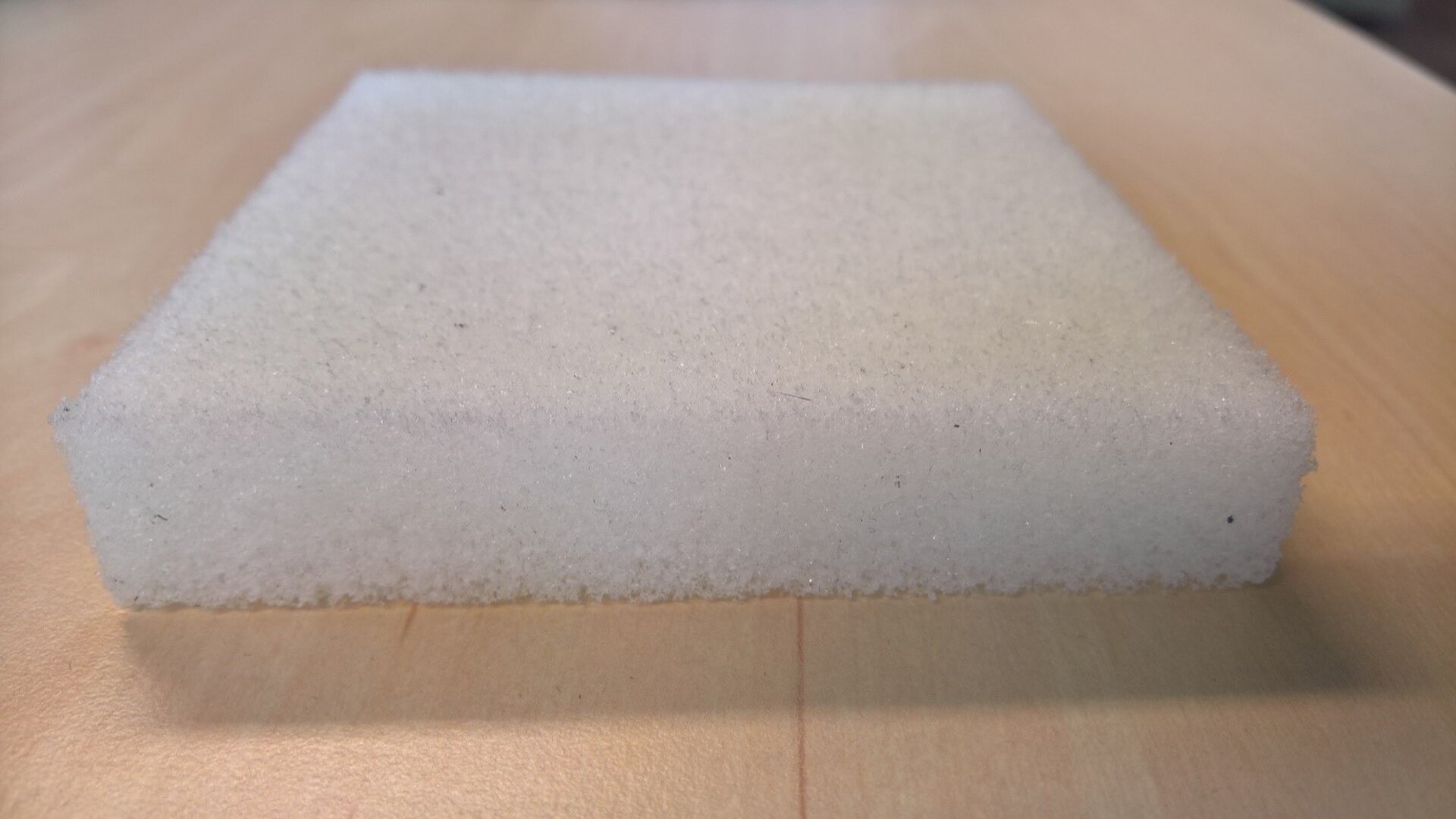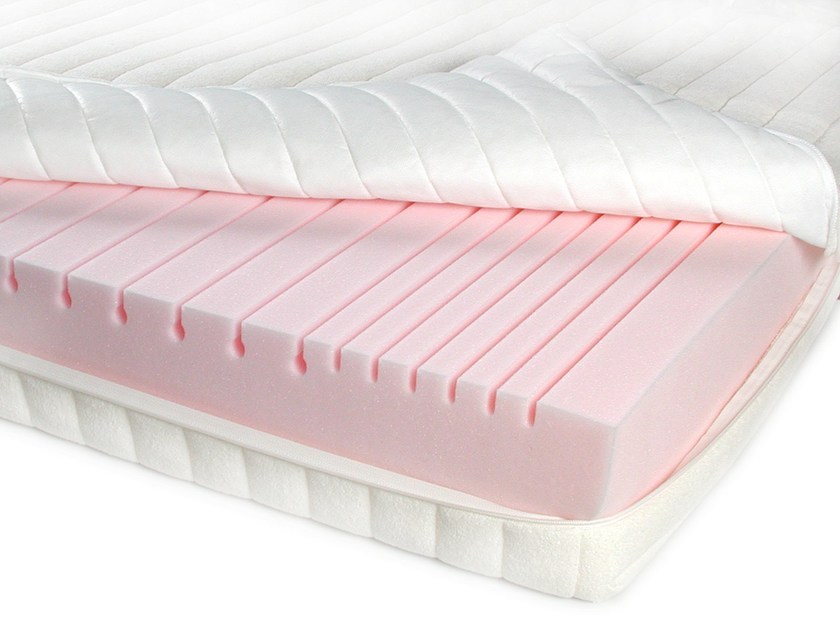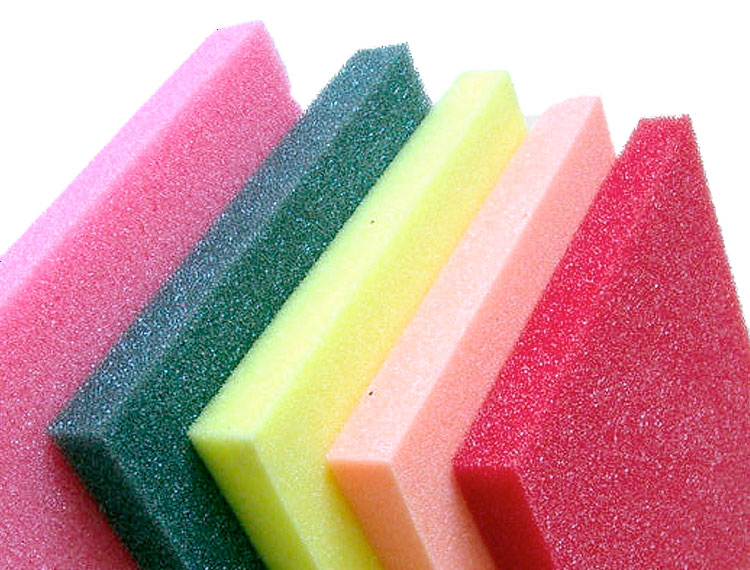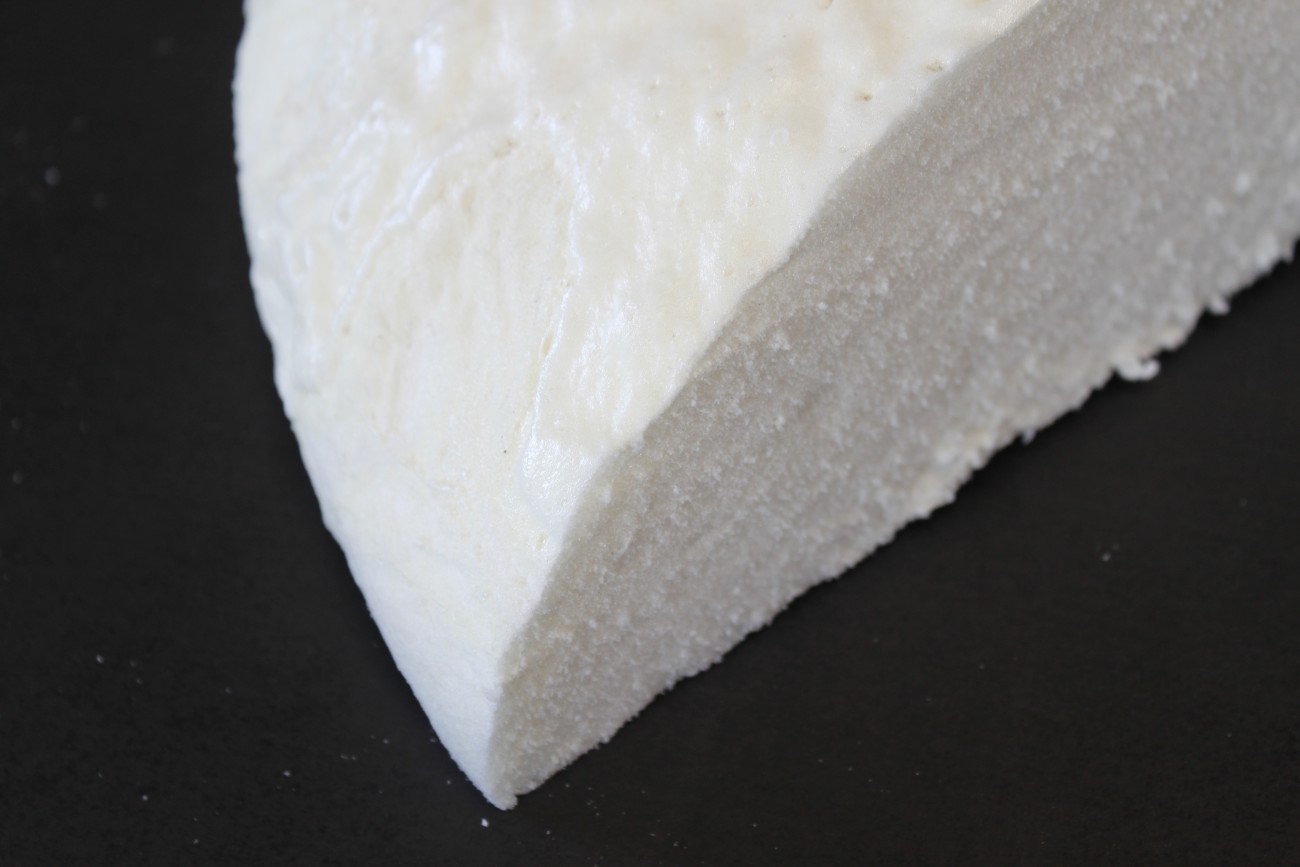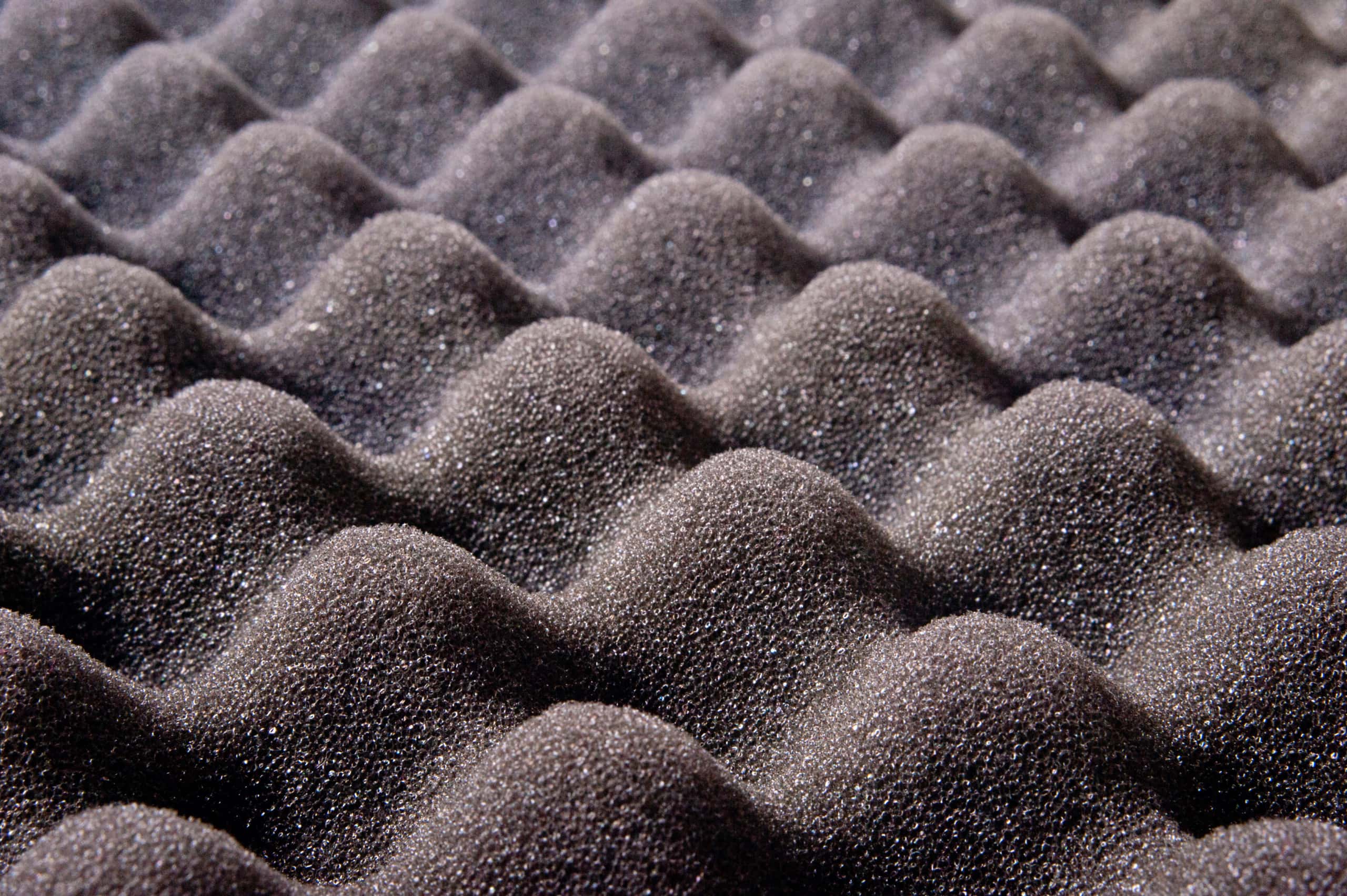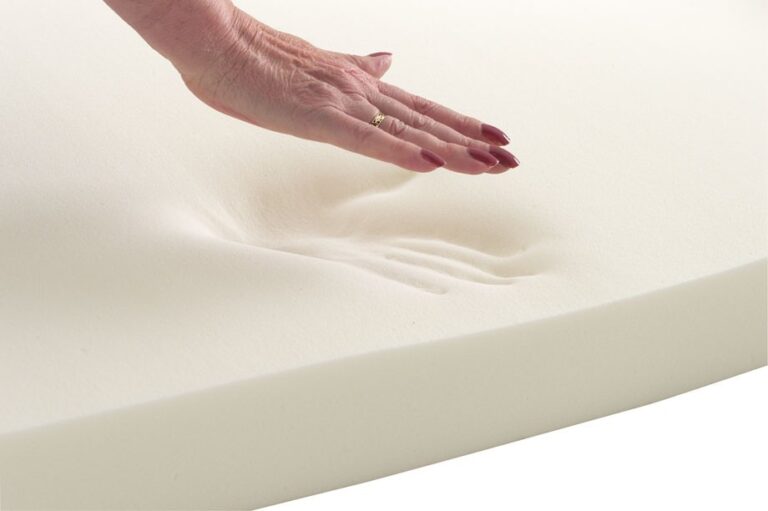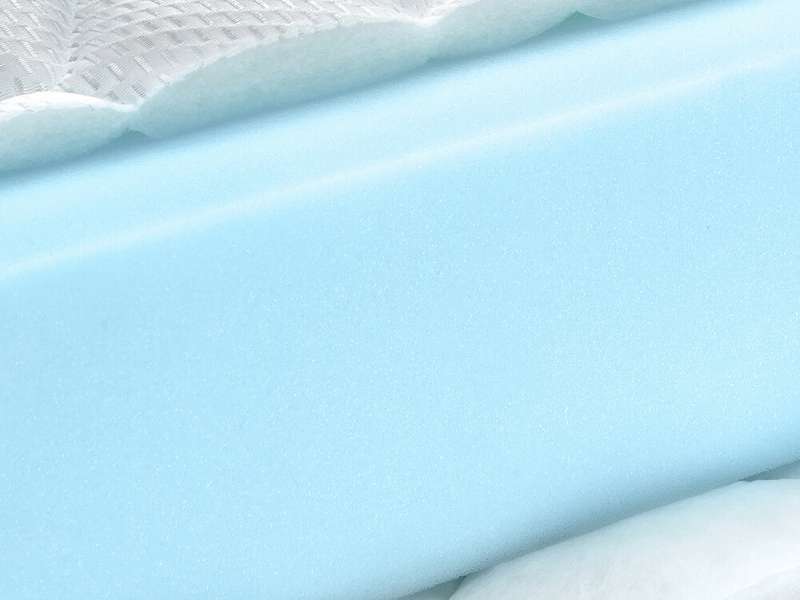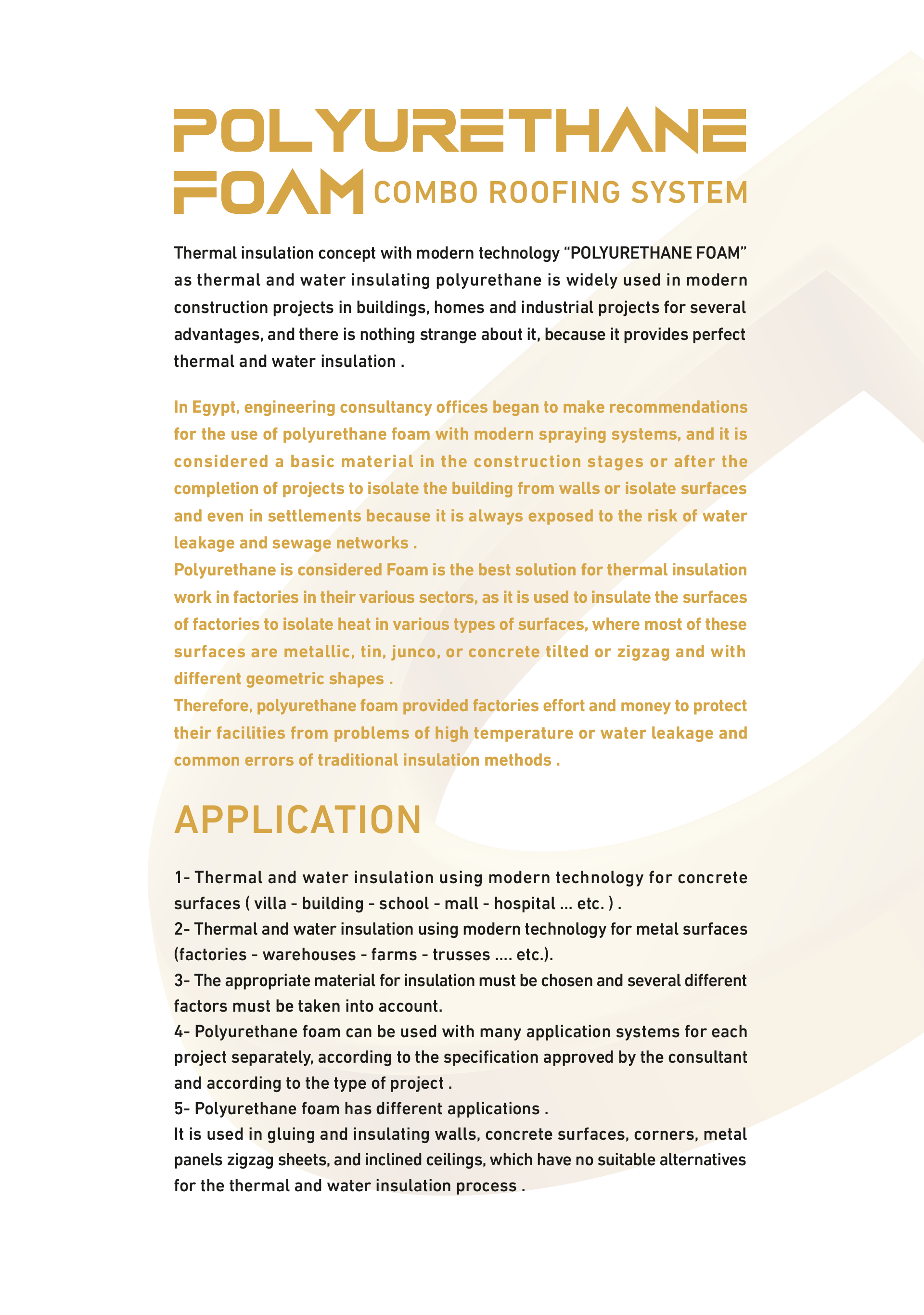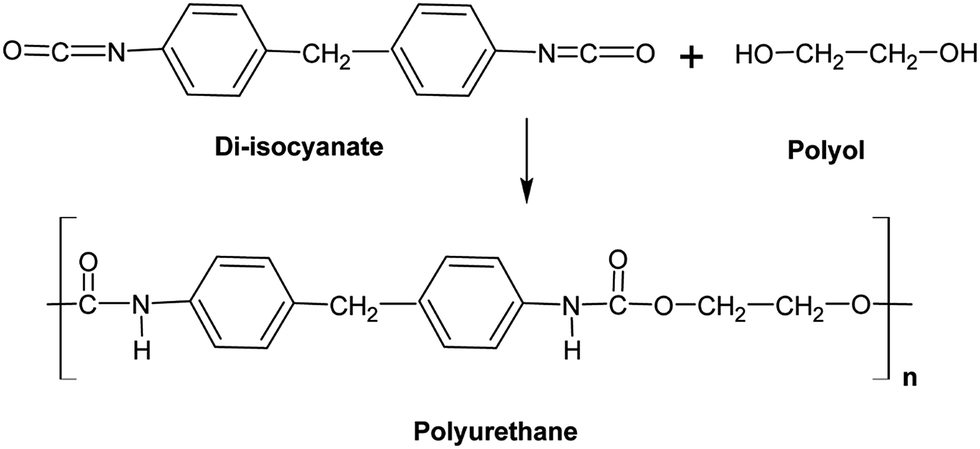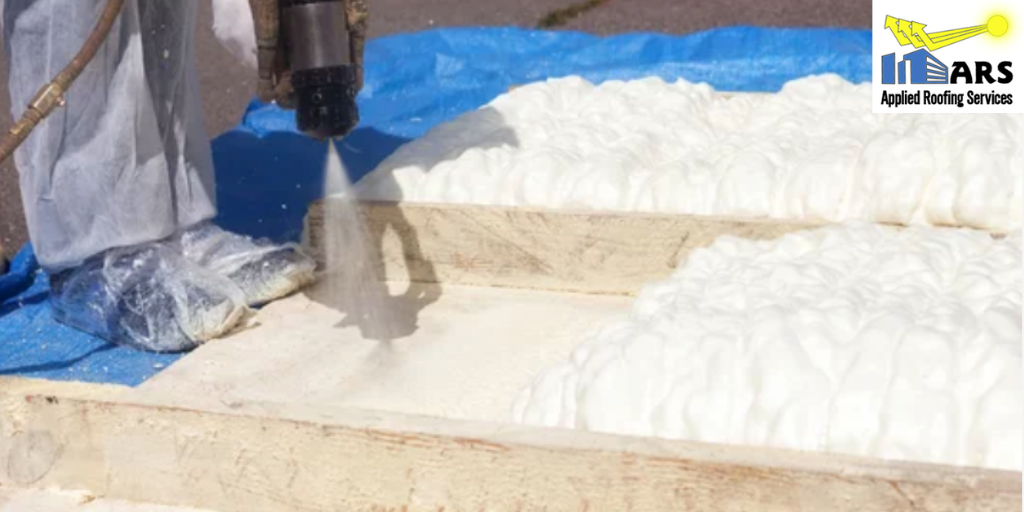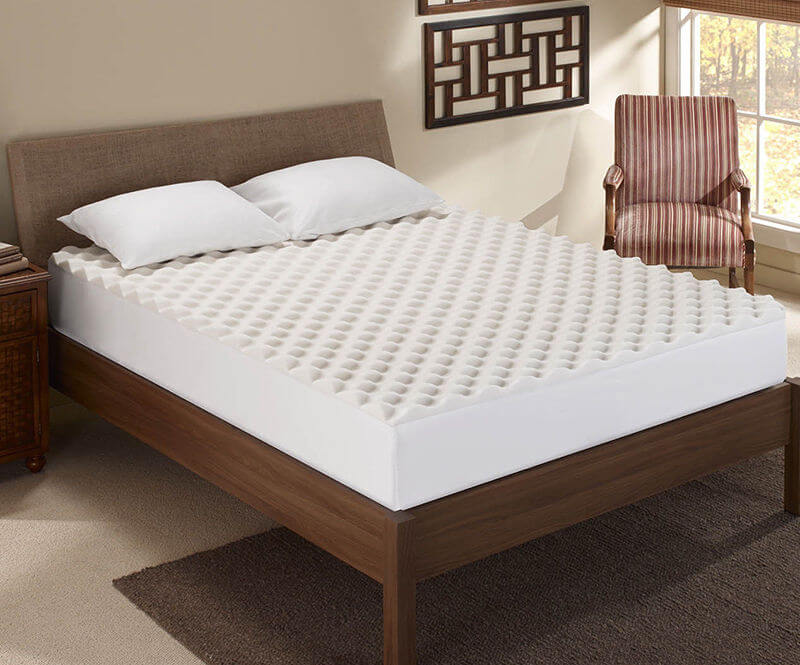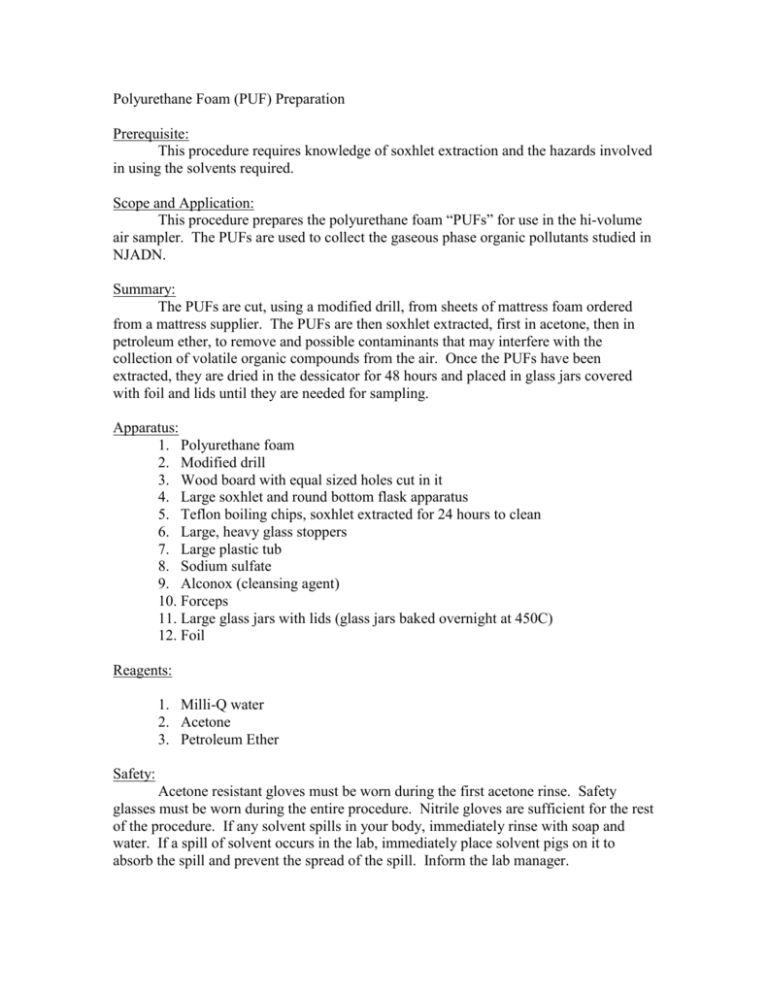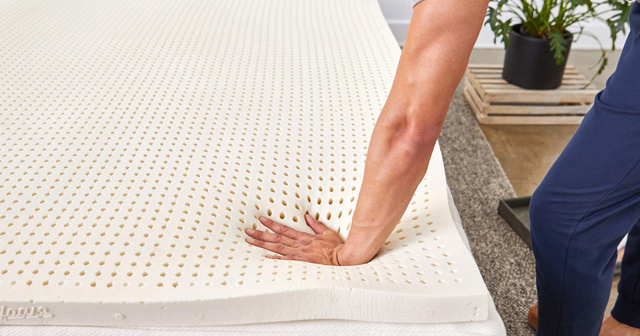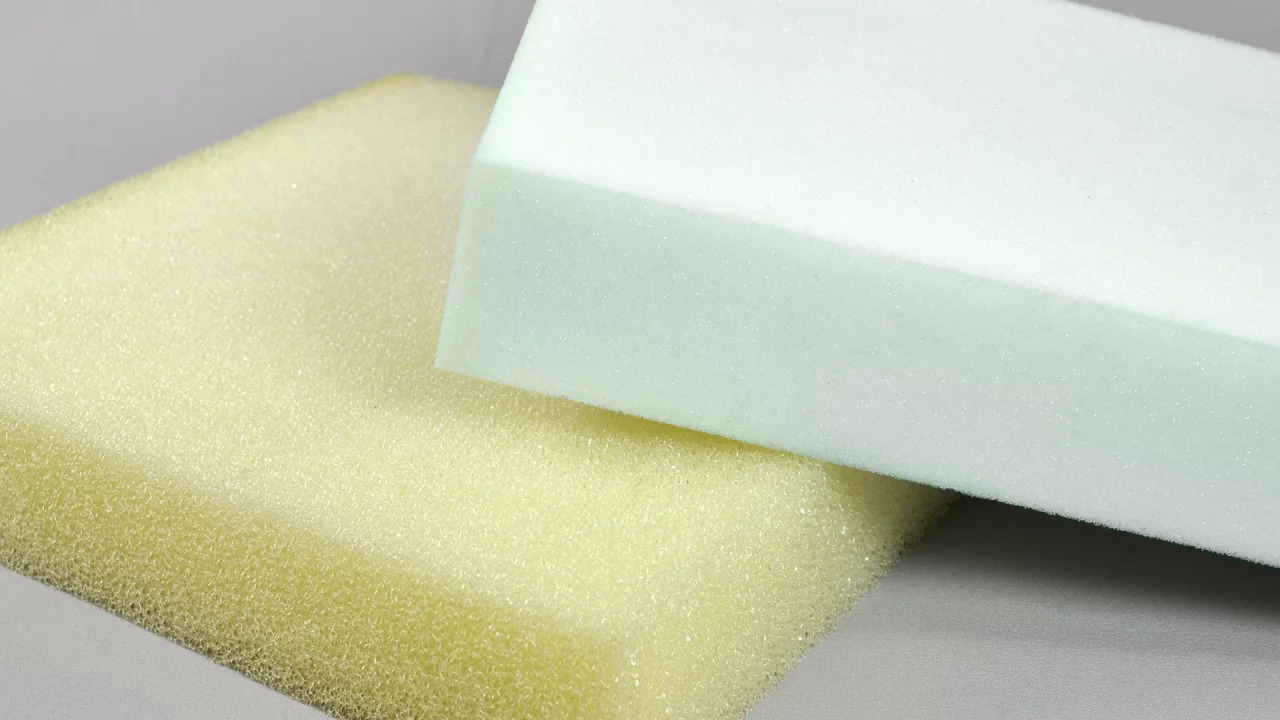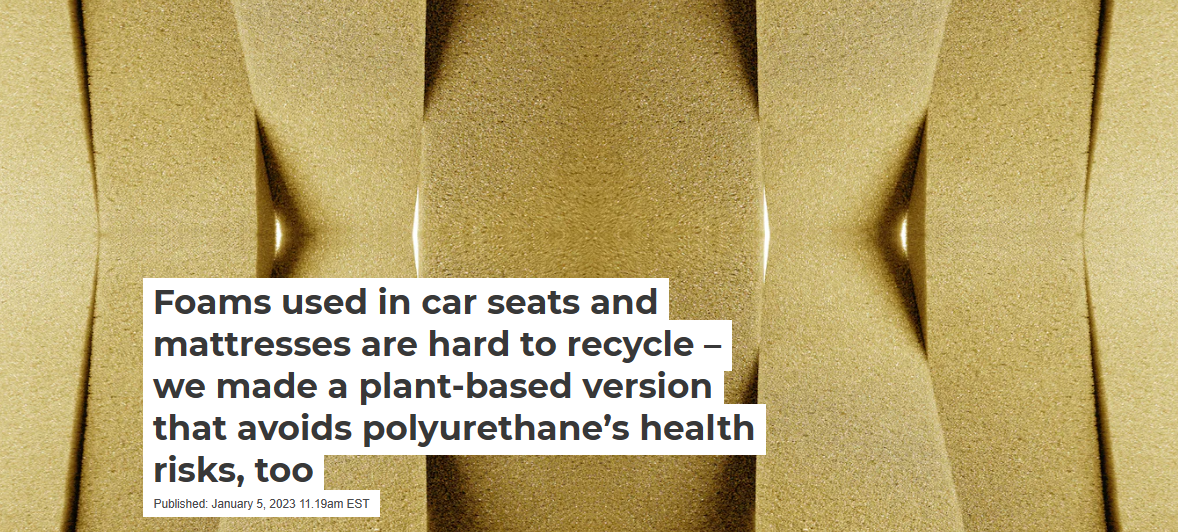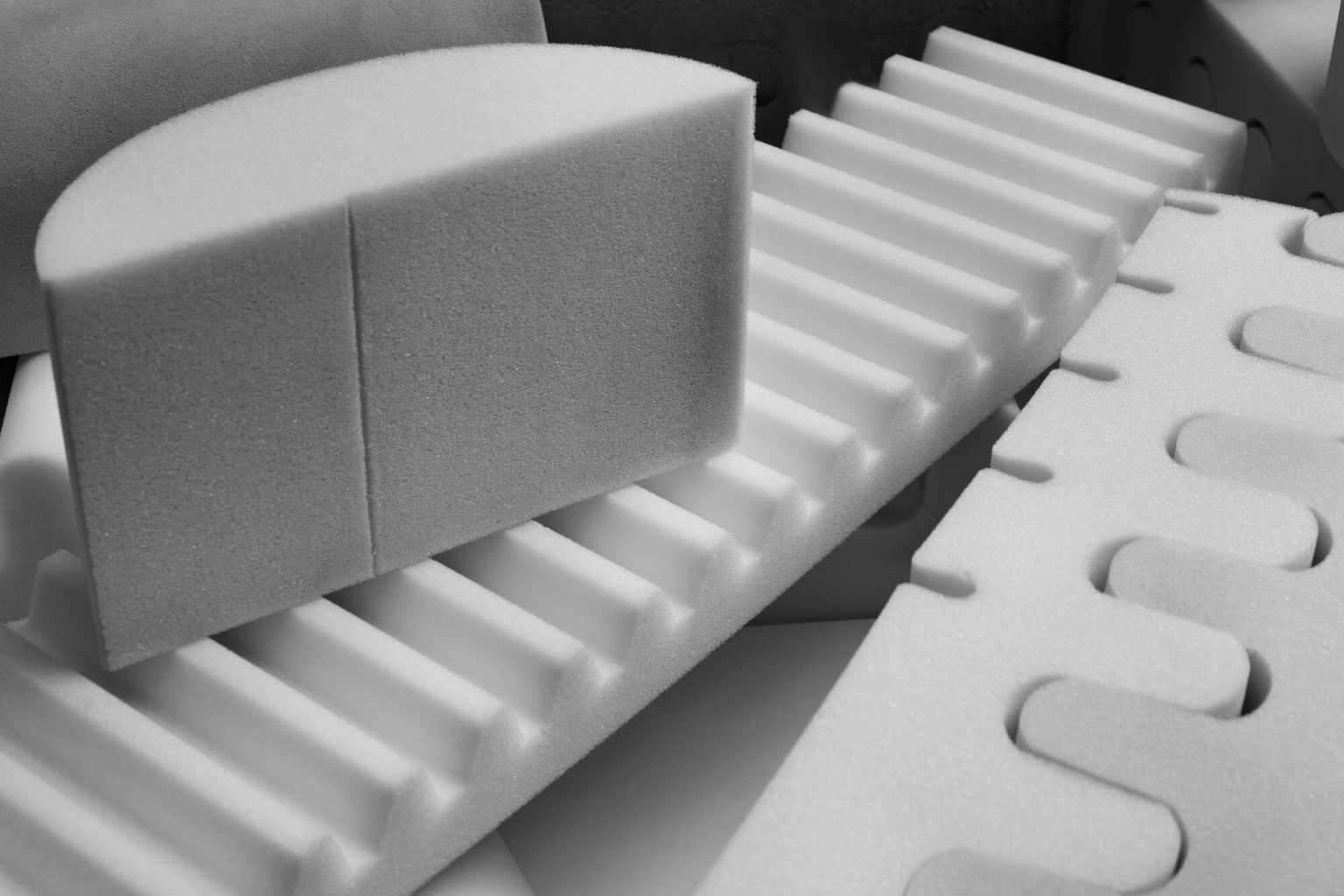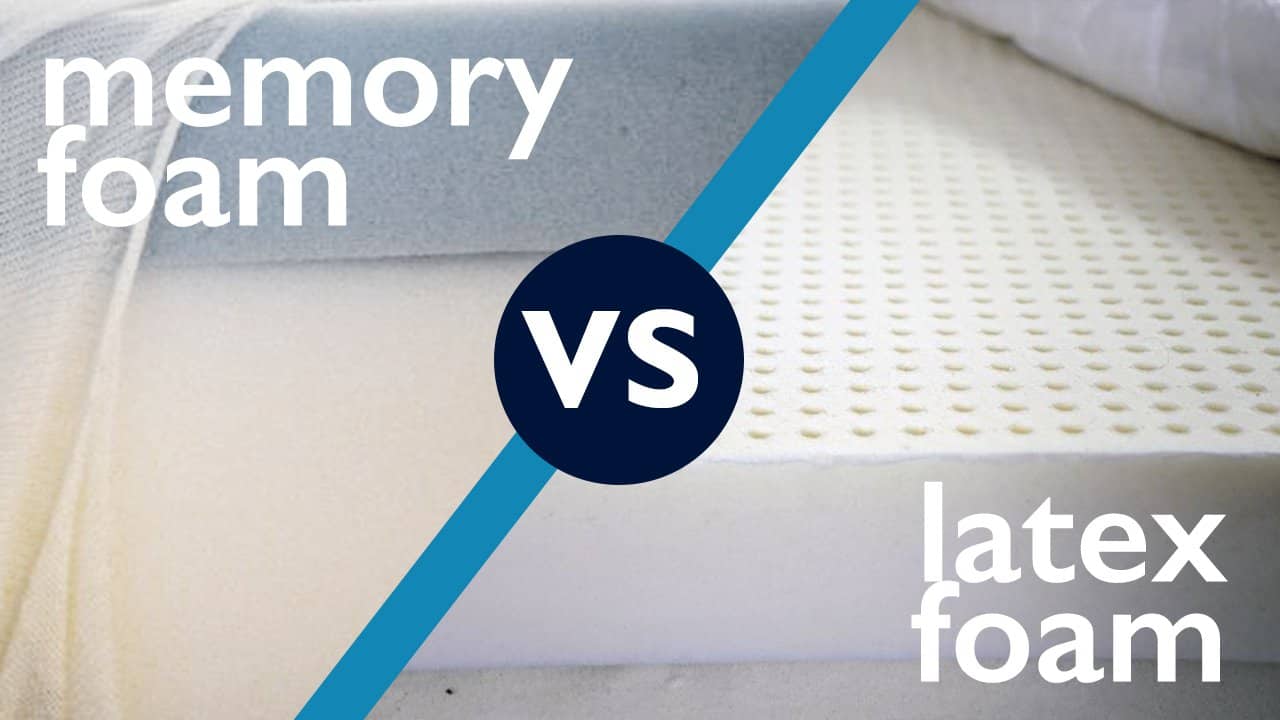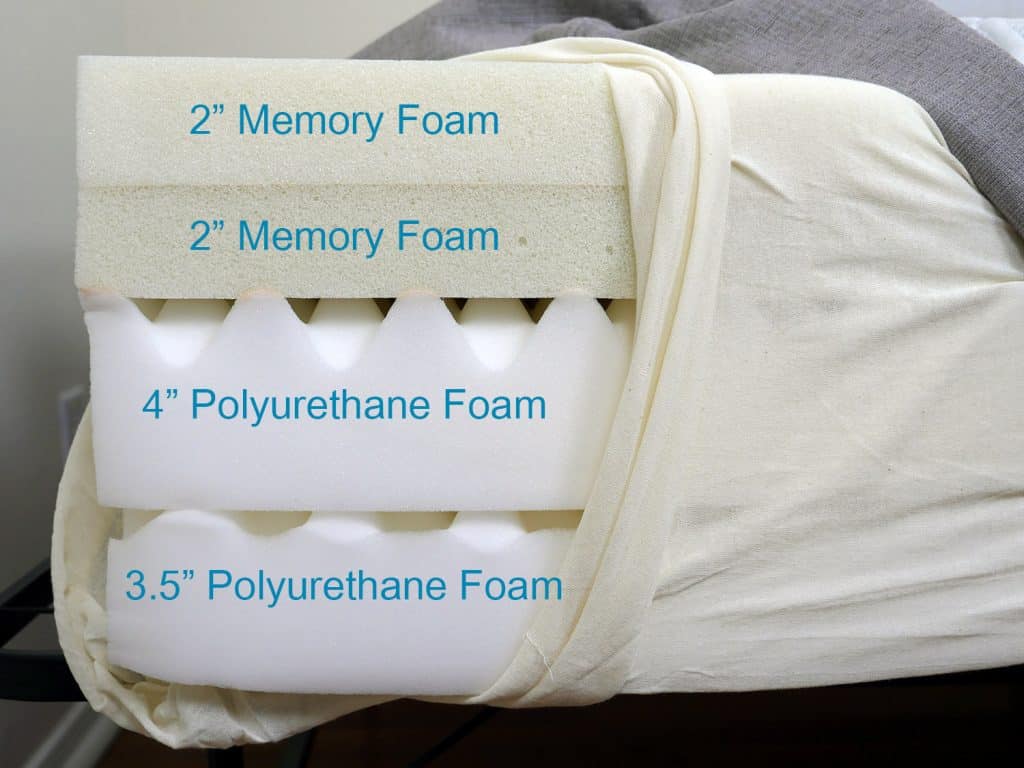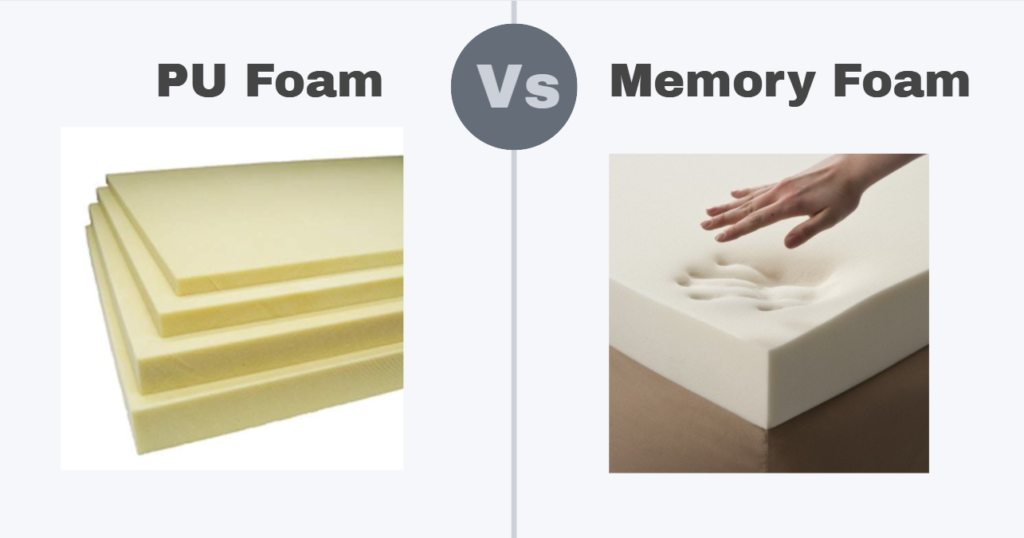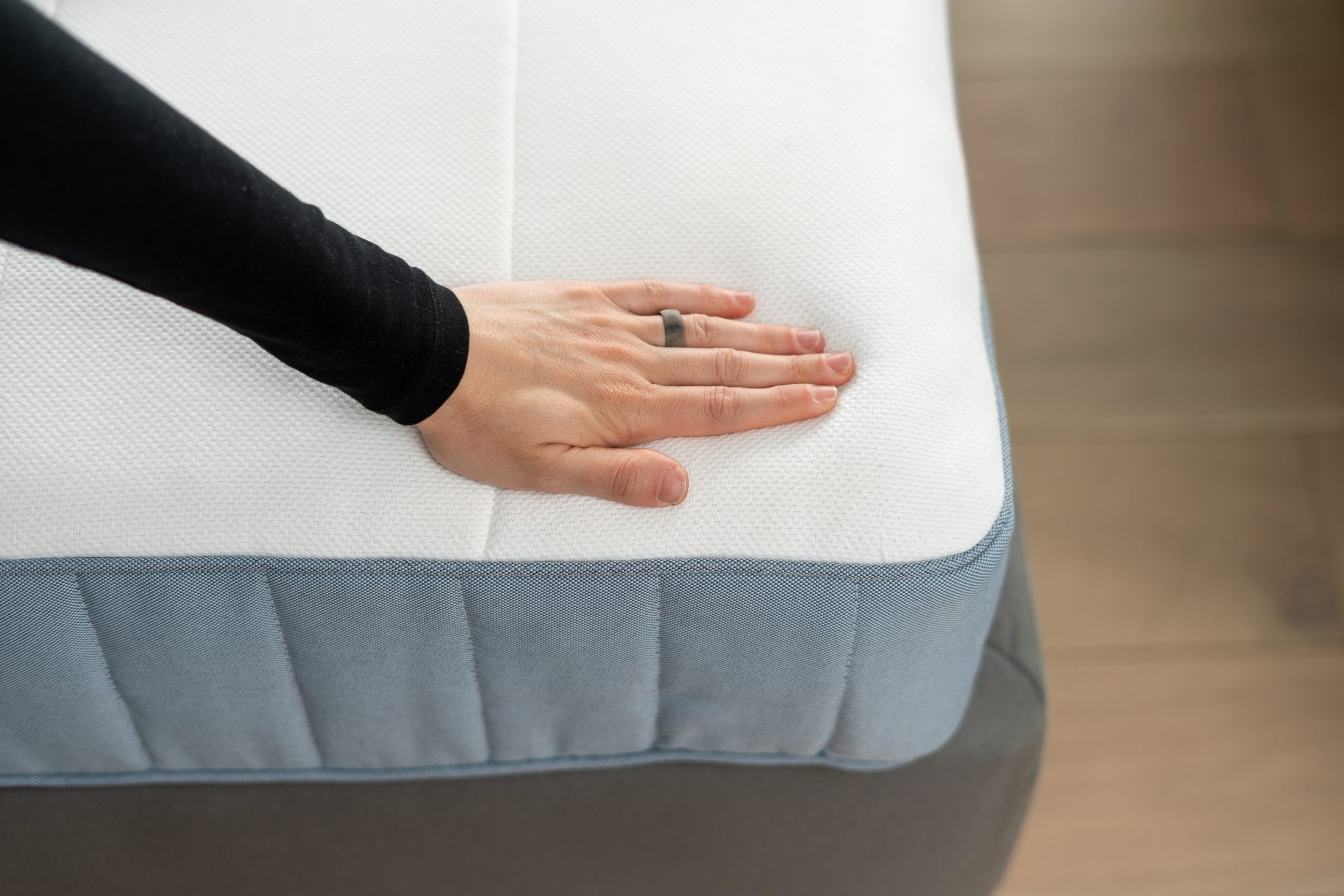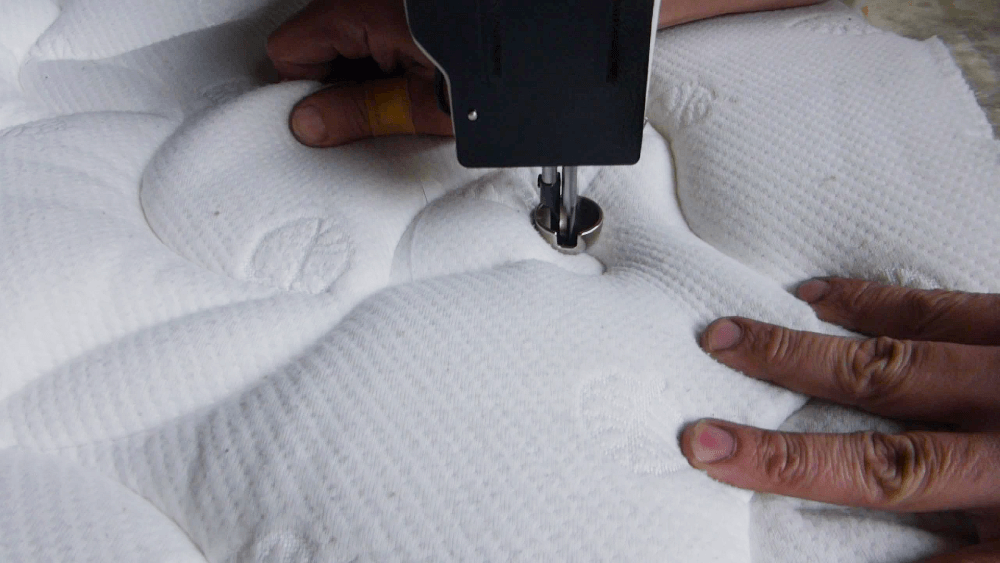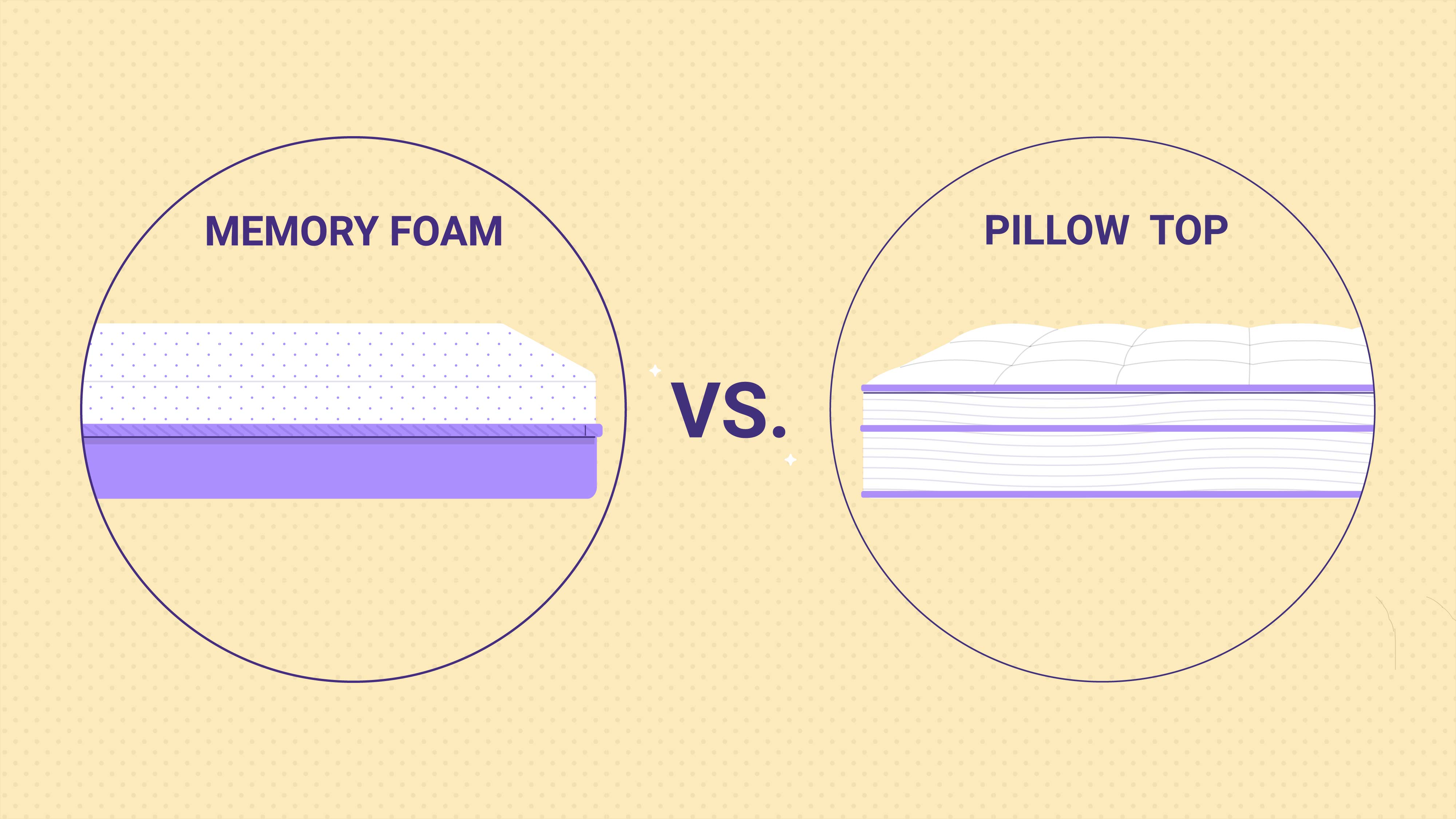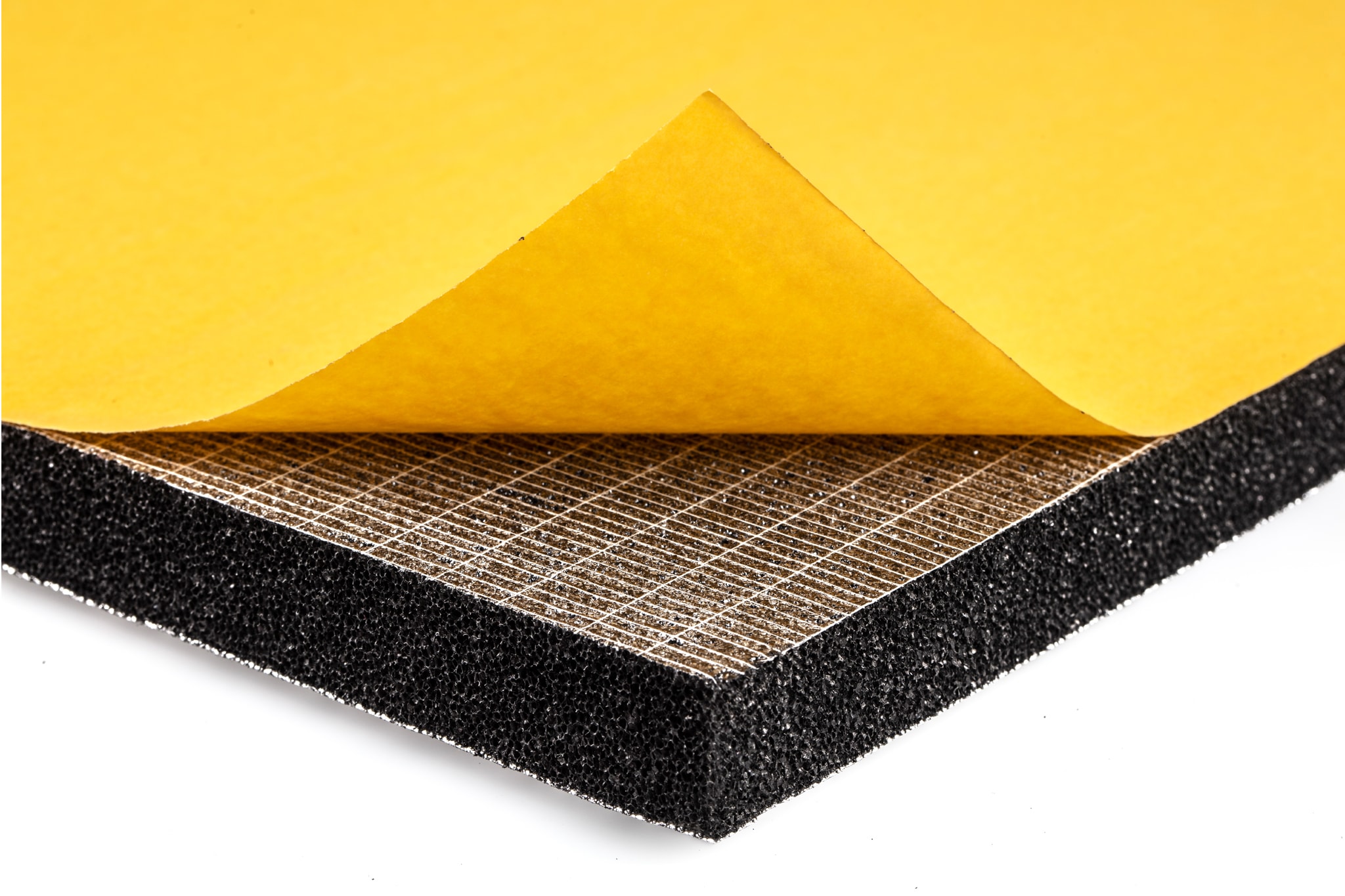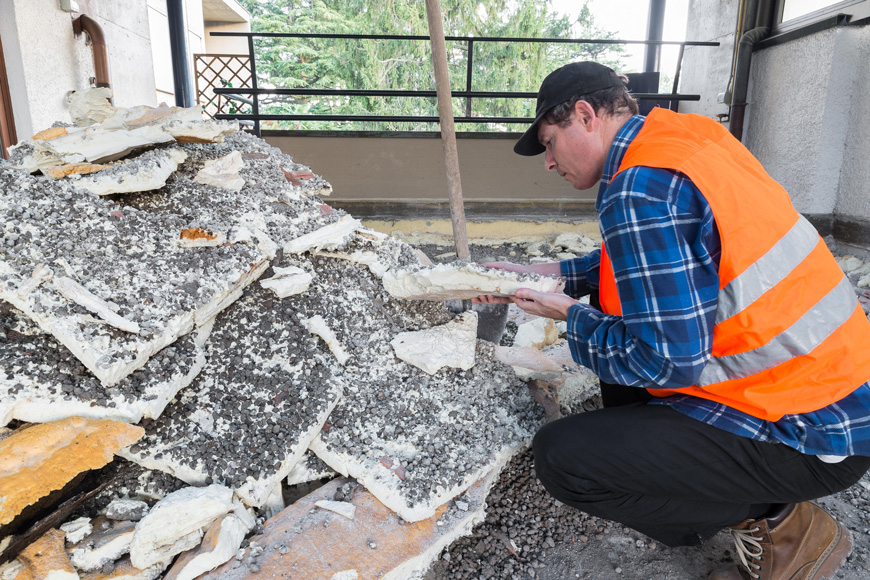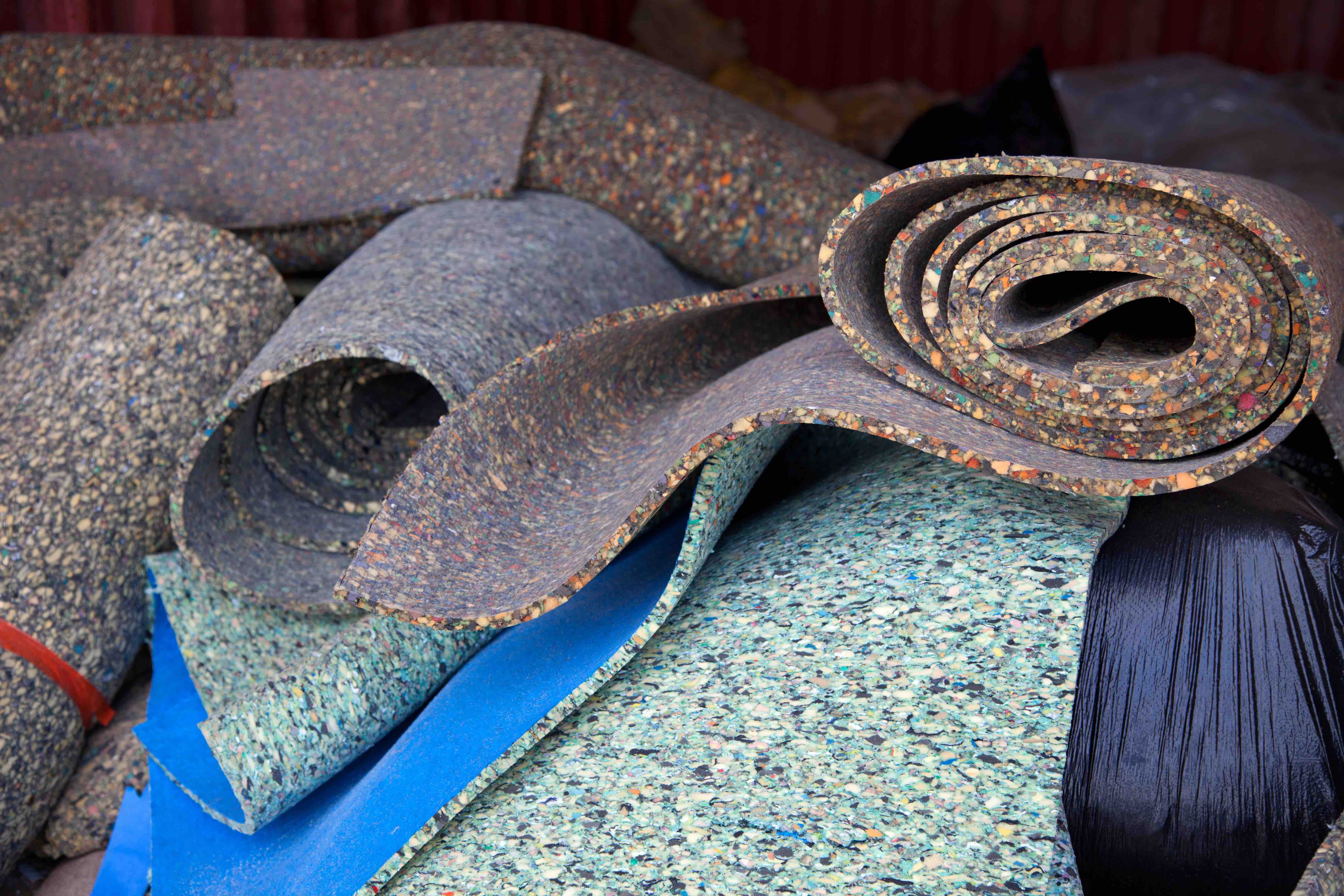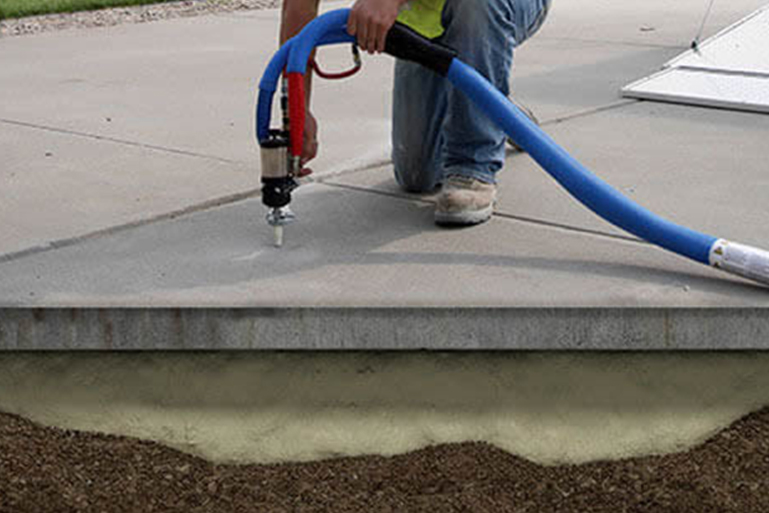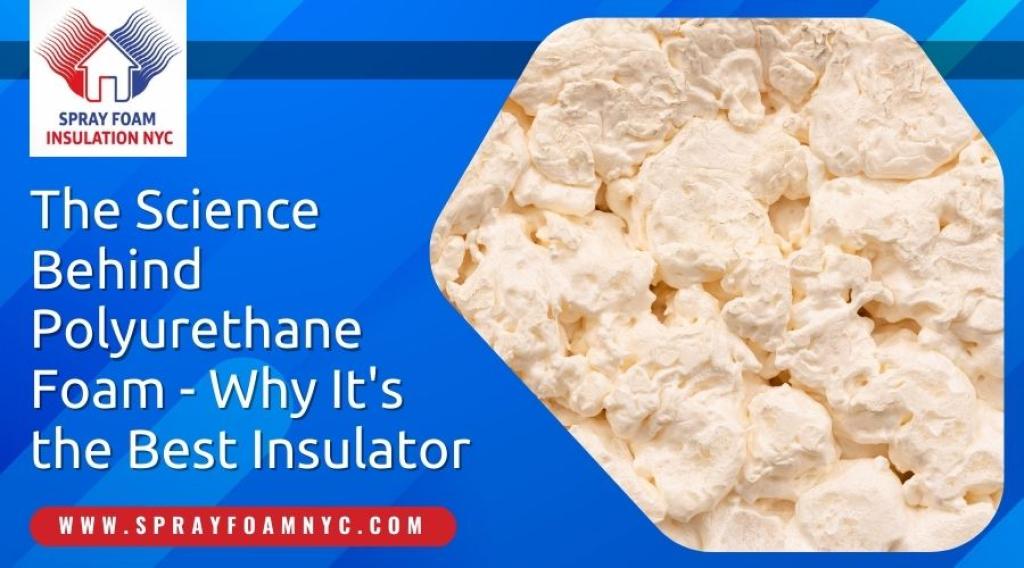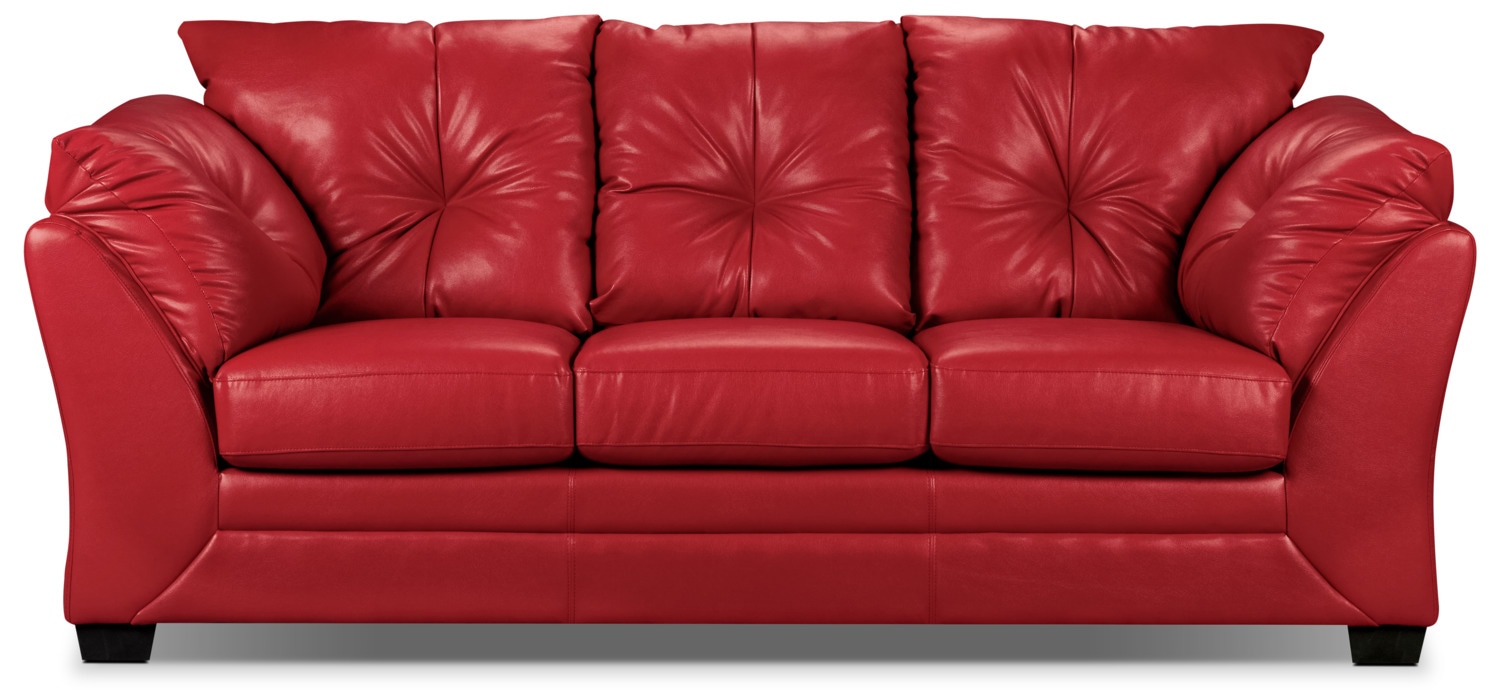When it comes to purchasing a new mattress, one of the most important things to consider is the type of foam used in its construction. Polyurethane foam has become a popular choice in recent years, but there have been some concerns about its safety. In this article, we will delve into the world of polyurethane foam mattresses and explore the potential risks and benefits.Polyurethane Foam Mattresses: Are They Safe?
Like any other material, polyurethane foam mattresses have their own set of advantages and disadvantages. On the plus side, polyurethane foam is known for its excellent support and ability to relieve pressure points, making it a great choice for those with back pain or joint issues. However, some people have reported a strong chemical smell from their polyurethane foam mattresses, which can be a major downside for those with sensitivities or allergies.The Pros and Cons of Polyurethane Foam Mattresses
Polyurethane foam is a synthetic material made from petroleum-based chemicals. It is commonly used in a variety of products, including mattresses, due to its ability to be molded into different shapes and levels of firmness. However, not all polyurethane foams are created equal. Some are made with harsh chemicals, while others are made with more eco-friendly materials. It's important to do your research and choose a mattress with a high-quality polyurethane foam.Understanding Polyurethane Foam in Mattresses
One of the main benefits of polyurethane foam mattresses is their ability to conform to your body's shape, providing personalized support and pressure relief. This can be especially beneficial for those with chronic pain or injuries. Additionally, polyurethane foam is known for its durability, meaning your mattress will likely last for many years to come.The Benefits of Polyurethane Foam in Mattresses
When shopping for a polyurethane foam mattress, there are a few important factors to consider. First, make sure to choose a mattress with a high-density foam, as this will provide better support and be more durable. You should also look for a mattress with a CertiPUR-US certification, which ensures that the foam is made without harmful chemicals.How to Choose the Right Polyurethane Foam Mattress
There has been some controversy surrounding the safety of polyurethane foam in mattresses, with some claiming that it may emit toxic chemicals. While it is true that polyurethane foam is made with some chemicals that can be concerning, the amount used in mattresses is typically very low and has been deemed safe by regulatory agencies. However, if you have any concerns, look for a mattress made with plant-based or eco-friendly polyurethane foam.The Truth About Polyurethane Foam in Mattresses
Another common question is how polyurethane foam compares to memory foam, another popular material used in mattresses. The main difference between the two is that memory foam is temperature-sensitive and can conform more specifically to your body's shape. However, polyurethane foam is generally more supportive and less expensive. The choice between the two ultimately comes down to personal preference.Polyurethane Foam vs. Memory Foam: Which is Better for Mattresses?
One of the main concerns about polyurethane foam is its impact on the environment. While it is a petroleum-based material, there are more eco-friendly options available, such as plant-based polyurethane foam. Additionally, many mattress companies are now using recycled materials in their polyurethane foam, making it a more sustainable choice.The Environmental Impact of Polyurethane Foam Mattresses
As you can see, there are many factors to consider when it comes to polyurethane foam mattresses. From safety to environmental impact, it's important to do your research and choose a high-quality foam that meets your needs and preferences. By understanding the benefits and potential risks, you can make an informed decision and find the perfect mattress for a good night's sleep.Polyurethane Foam Mattresses: A Comprehensive Guide
If you're curious about the science behind polyurethane foam, here's a brief explanation. Polyurethane foam is created through a chemical reaction between polyols and diisocyanates, which creates a foam that hardens and expands. The result is a material with a cellular structure that provides both support and cushioning. It's this unique structure that makes polyurethane foam a popular choice for mattresses.The Science Behind Polyurethane Foam in Mattresses
The Benefits of Using Polyurethane Foam in Mattresses
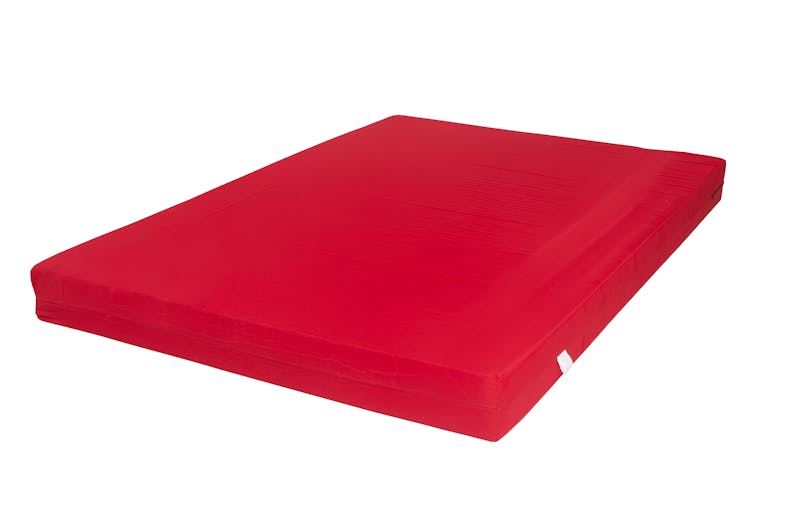
Enhanced Comfort and Support
 One of the primary reasons why polyurethane foam has become a popular material for mattresses is its ability to provide both comfort and support. This foam molds to the shape of your body, evenly distributing your body weight and relieving pressure points. This results in a more comfortable and restful sleep, as your body is properly supported and aligned.
One of the primary reasons why polyurethane foam has become a popular material for mattresses is its ability to provide both comfort and support. This foam molds to the shape of your body, evenly distributing your body weight and relieving pressure points. This results in a more comfortable and restful sleep, as your body is properly supported and aligned.
Durability and Longevity
 Polyurethane foam is known for its durability and longevity, making it an ideal material for mattresses. This foam can withstand years of use without losing its shape or support, making it a cost-effective investment in the long run. Additionally, polyurethane foam is resistant to dust mites, mold, and other allergens, making it a hygienic choice for those with allergies or respiratory issues.
Polyurethane foam is known for its durability and longevity, making it an ideal material for mattresses. This foam can withstand years of use without losing its shape or support, making it a cost-effective investment in the long run. Additionally, polyurethane foam is resistant to dust mites, mold, and other allergens, making it a hygienic choice for those with allergies or respiratory issues.
Temperature Regulation
 Many people struggle with staying cool while sleeping, especially during the warmer months. Polyurethane foam is a highly breathable material, allowing for better air circulation and heat dissipation. This helps regulate your body temperature and keeps you cool throughout the night, resulting in a more comfortable and uninterrupted sleep.
Many people struggle with staying cool while sleeping, especially during the warmer months. Polyurethane foam is a highly breathable material, allowing for better air circulation and heat dissipation. This helps regulate your body temperature and keeps you cool throughout the night, resulting in a more comfortable and uninterrupted sleep.
Customizable Options
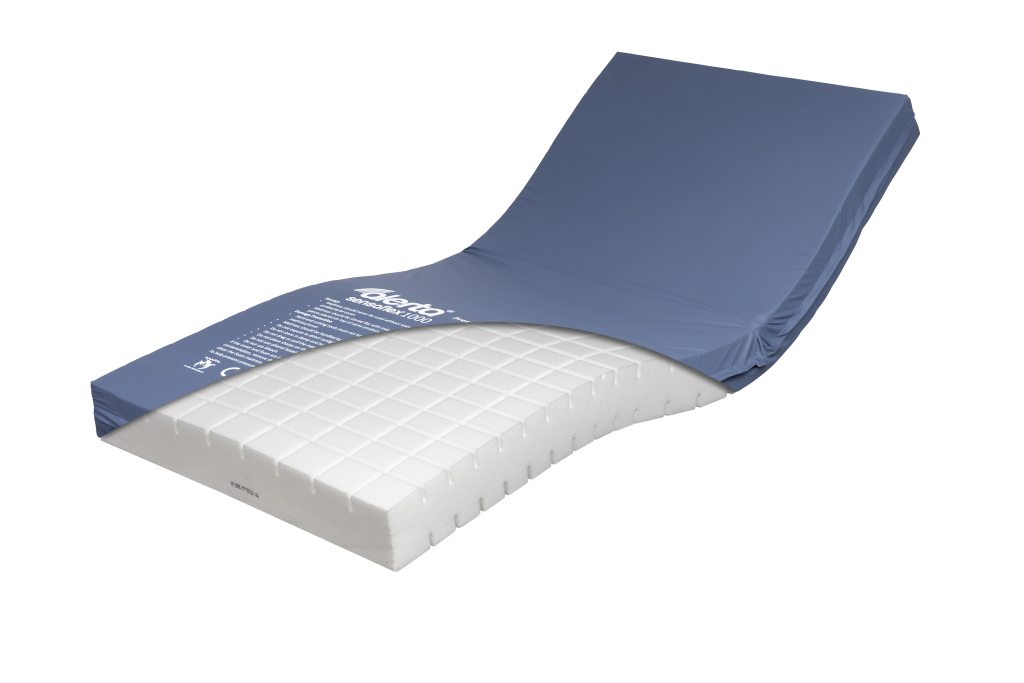 Polyurethane foam comes in a variety of densities and levels of firmness, making it a customizable option for mattresses. This allows individuals to choose the level of support and comfort they prefer, based on their sleeping preferences and body type. Additionally, polyurethane foam can be combined with other materials, such as memory foam or latex, to create a personalized sleep experience.
Polyurethane foam comes in a variety of densities and levels of firmness, making it a customizable option for mattresses. This allows individuals to choose the level of support and comfort they prefer, based on their sleeping preferences and body type. Additionally, polyurethane foam can be combined with other materials, such as memory foam or latex, to create a personalized sleep experience.
Conclusion
 Polyurethane foam has become a popular material in the mattress industry for its numerous benefits. From enhanced comfort and support to its durability and customizable options, this foam provides a comfortable and restful sleep for individuals of all sleeping styles and preferences. Consider investing in a mattress with polyurethane foam to experience these benefits for yourself.
Polyurethane foam has become a popular material in the mattress industry for its numerous benefits. From enhanced comfort and support to its durability and customizable options, this foam provides a comfortable and restful sleep for individuals of all sleeping styles and preferences. Consider investing in a mattress with polyurethane foam to experience these benefits for yourself.



